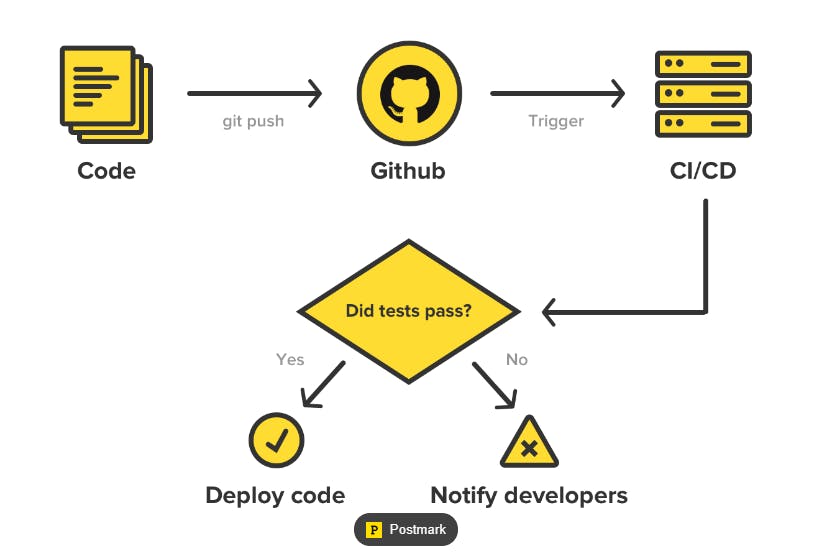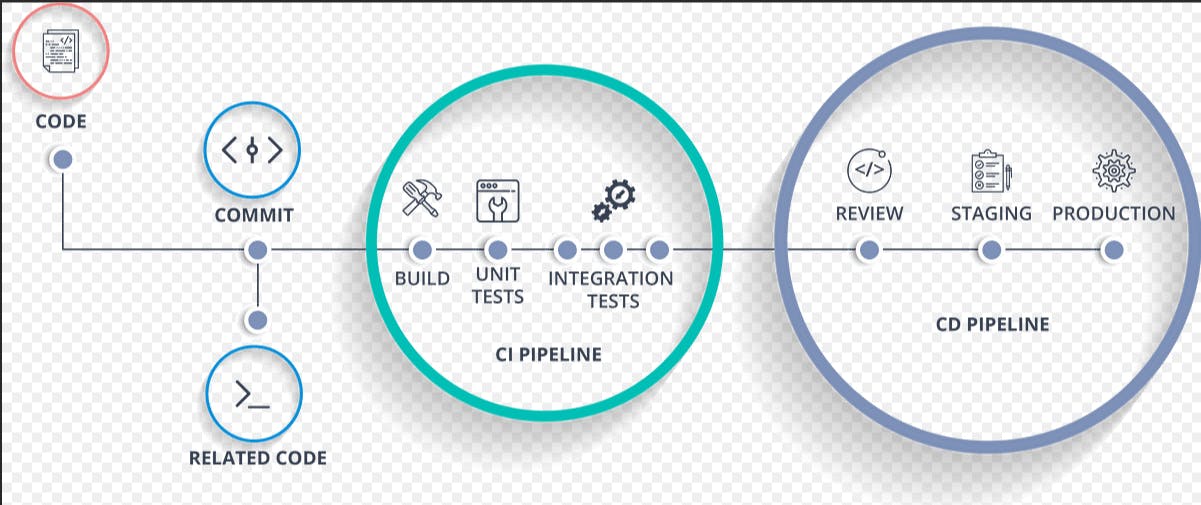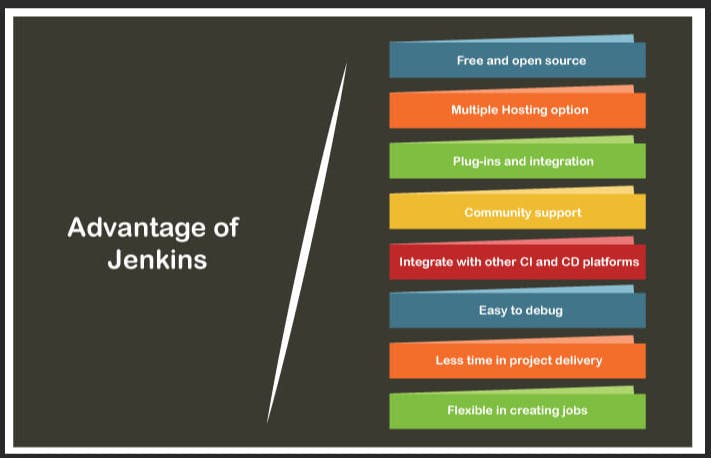Jenkins

Jenkins is an open-source CI, cross-platform tool written in Java. Initially, Jenkins was known as Hudson but in 2011 it was renamed to Jenkins. The tool simplifies the process of integration of changes into the project and delivery of fresh builds to users.
Continuous Integegration: Continuous Integegration is the process of automating the build and testing of code every time a team member commits changes to version control.

Continuous Delivery: Any and every successful build that has passed all the relevant automated tests and quality gates can potentially be deployed into production via the fully automated one-click process.
Continuous Deployment: The practice of automatically deploying every successful build directly into production without any manual steps is known as continuous deployment.

Jenkins helps us with below things:
Integrate with many different version control systems - Github, CVS, SVN, TFS)
Generate test report (JUnit)
Pushing the builds to various artifact repositories
Deploys directly to dev or test or production systems. Notify the stakeholders of the build status via email
Using Jenkins has various benefits:

In the market, there is a list of CI tools:

Jenkins Installation:
Before we install Jenkins, we need to install JDK/jre
To install Jenkins - https://www.jenkins.io/doc/book/installing/
Please follow me for more information about the DevOps Topic and tools with detailed examples and usage.
If you have any feedback, you can send it to teamrahul.naik@gmail.com.
